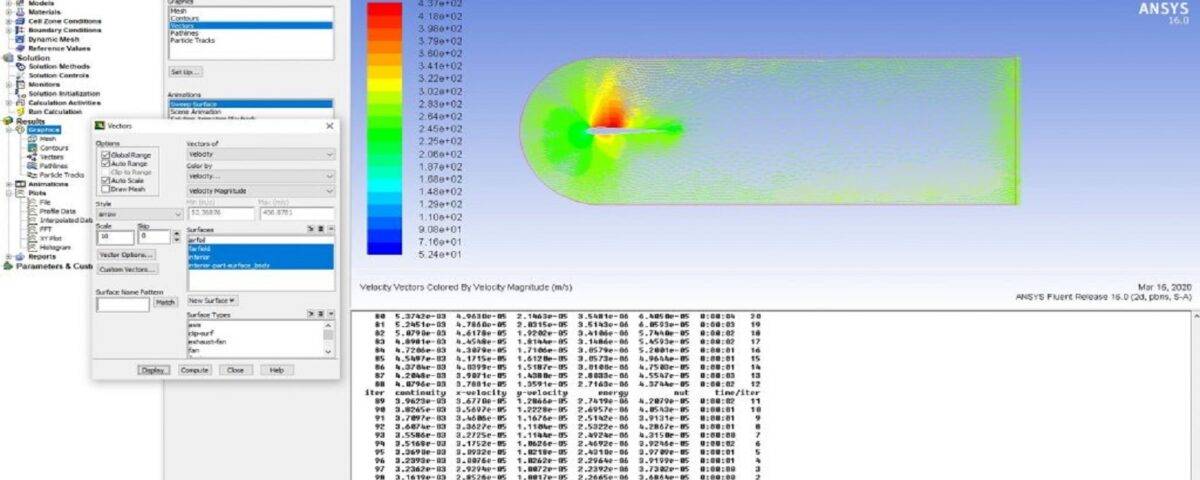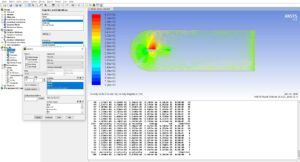Description
An airfoil is a specially shaped surface designed to generate aerodynamic lift when it moves through a fluid. This shape, often resembling a bird’s wing, allows aircraft, birds, and other flying objects to soar through the air.
How an Airfoil Works
- Lift: When air flows over an airfoil, it divides into two streams: one over the upper surface and one over the lower. Due to the airfoil’s shape, the air flowing over the upper surface moves faster than the air flowing over the lower surface. This difference in speed creates a pressure difference, resulting in an upward force called lift. Lift is what allows an airplane to take off and stay aloft.
- Drag: In addition to lift, there is another force acting on the airfoil called drag. Drag opposes the direction of motion and slows down the object. The goal of airfoil design is to minimize drag while maximizing lift.
Types of Airfoils
Airfoils come in various shapes and sizes, each designed for a specific purpose. Some common types include:
- Symmetrical airfoils: These have a symmetrical shape, meaning both halves are mirror images of each other. They are commonly used in model aircraft wings and some bird wings.
- Cambered airfoils: These have a curved shape, with one side thicker than the other. They are typically used in the wings of larger aircraft.
- Supercritical airfoils: These airfoils are designed to reduce wave drag at high speeds.
Applications of Airfoils
- Aircraft: The most common application of airfoils is in aircraft wings.
- Birds: Bird wings also serve as natural airfoils.
- Wind turbine blades: Wind turbine blades use airfoils to convert wind energy into mechanical energy.
- Fan blades: Fan blades in jet engines and turbofans also employ airfoil principles.
Factors Affecting Airfoil Performance
- Angle of attack: The angle between the chord line of the airfoil and the direction of the oncoming airflow.
- Reynolds number: A dimensionless number that indicates the relative importance of inertial and viscous forces.
- Airfoil profile: The shape of the airfoil.
- Free stream velocity: The speed of the airflow.
In addition to airplanes, airfoil features are very important in ships, helicopters, compressors, turbines, fans, pumps, wind tunnels, hydraulic channels and mills, and many other issues and industries. Most of the issues that are dealt with regarding airfoils are related to airplane wings. Another important and fundamental application is the airfoil in the turbine blade. Related to turbine and jet engines that have a turbine or fan. It should be noted that the calculations of turbine airfoils are much more complicated and difficult than airplane wings due to the size and shape of the case and more complex behaviors. Surface cooling of airfoils has become one of the most important issues in mechanical and aerospace engineering.
Process Description
The simulation of an airfoil in ANSYS Fluent is a multi-step process that involves design, boundary condition definition, and result analysis. Initially, the geometry of the airfoil is created using CAD software and then imported into ANSYS Fluent. Next, a suitable mesh is generated for the model, ensuring sufficient accuracy and resolution to achieve precise results. Boundary conditions such as inlet velocity, pressure, and temperature are then defined. Following that, the flow model type (such as incompressible or compressible flow) and solution parameters, including convergence criteria, algorithm selection, and solving settings, are established. Upon executing the simulation, results such as pressure distribution, velocity fields, and lift and drag forces are obtained. Finally, these results are compared and analyzed against experimental data to evaluate the performance of the airfoil.
In this project, the heat transfer flow in airfoil surface cooling by side air inlets is simulated by ANSYS Fluent software.
conclusion
The conclusion drawn from the airfoil simulation in ANSYS Fluent clearly indicates that this method can effectively assist in analyzing and optimizing aircraft performance. Through numerical simulations, the behavior of airflow around the airfoil can be accurately modeled, allowing for the calculation of key parameters such as lift and drag forces.
These results not only enhance the understanding of how geometry and boundary conditions affect airfoil performance but also provide insights into identifying the strengths and weaknesses of designs. Consequently, the simulations conducted in ANSYS Fluent can be utilized as a vital tool for engineers and designers in the process of optimizing and developing modern aerospace systems. This advanced technology in aircraft design has the potential to improve efficiency and reduce costs in the aerospace industry.


